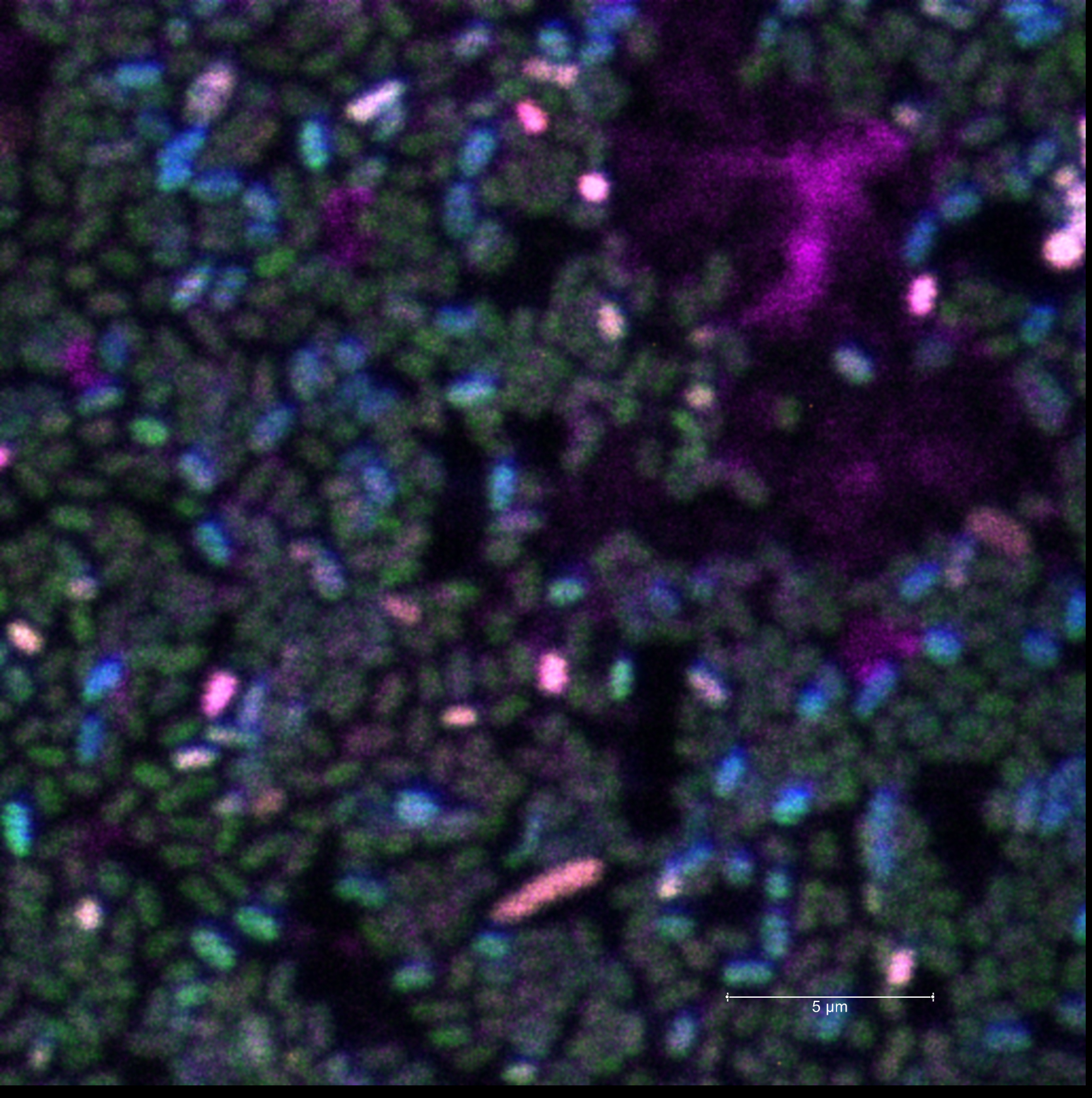
In a first study of its kind, scientists characterized different bacterial populations isolated over time from potable (drinking) water from the International Space Station (ISS).
By all appearances, the universe beyond Earth is a vast, lonely, and sterile space. Yet, wherever humans may travel, an abundance of microbial life will follow.
In a first study of its kind, lead author Jiseon Yang at th...
Read More









Recent Comments